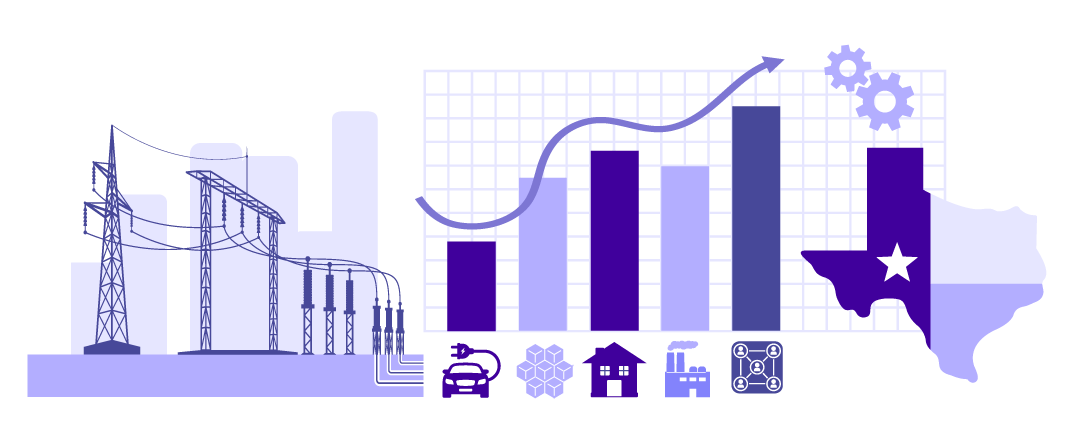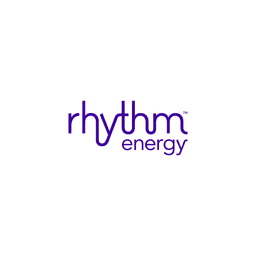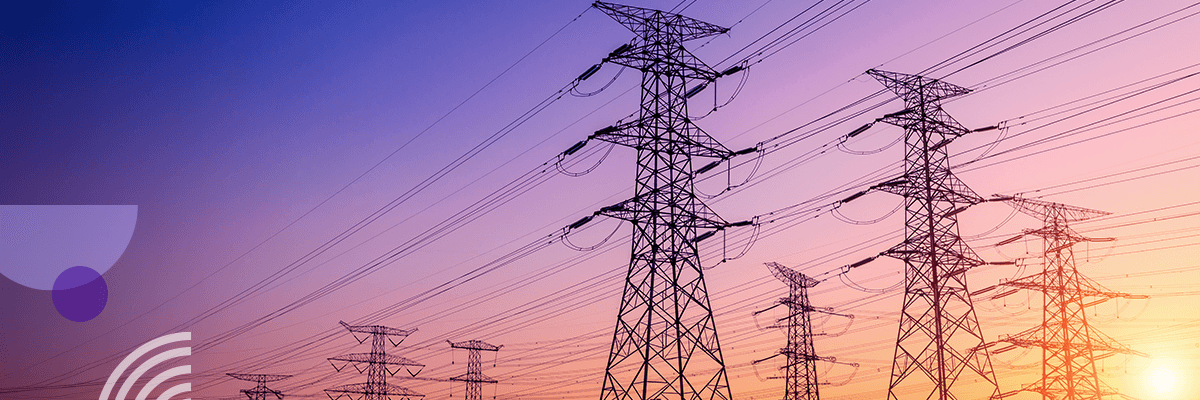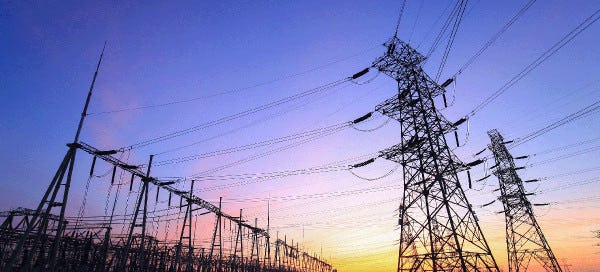All Your Texas Power Grid Questions, Answered
The demand for energy in Texas is growing. With more people moving to the state, as well as high energy consumption industries like crypto mining, data centers and manufacturing – and the rise of popularity in electric vehicles – more strain is being put on our power grid than ever before. Is the grid up to the task of meeting the demand, and what steps are being taken to update and improve it?
How the Power Grid Works
The power grid in the United States is broken into three regions: Eastern, Western, and Texas. Texas is the only state with its own grid, and in many respects it is like the others. Power grids, simply put, are the electrical power system networks that start with the power plants where electricity is generated and end at the meter on your home or business.
Along the way, many components play a part. Substations step voltage up or down to help electricity travel over long distances. Transmission lines carry the electricity from substations all across the areas covered. Transformers are sprinkled throughout the system, changing the voltages again to reduce how much energy is lost in the transmission of energy, improve safety, and enhance the reliability of the network. In the final step before electricity reaches your home, voltage is again stepped down at the meter, so you have the energy you need.
How the Texas Power Grid is Unique
Texas is the only state in the union with its own grid, with minimal connections statewide to either the Eastern or Western grids. At the turn of the 20th century, the Lone Star State opted out of the other grids, seeing this as an opportunity to set our own rules and regulations as well as draw energy investment to the region. Other states wanted to do the same, but were too small to be able to generate enough energy to reliably serve their residents. Not only is Texas huge, it also covers two time zones, meaning that some parts require peak power an hour later than the rest of the state, reducing demand and strain on infrastructure.

What is the role of ERCOT?
Most Texans are connected to the power grid of Texas’ power authority, the Electric Reliability Council of Texas (ERCOT). This grid provides power to 90% of our population, with other states’ grids supplying the rest. ERCOT manages the grid in four ways: it maintains system reliability, facilitates competitive wholesale and retail markets, and ensures open access to energy transmission for all.
Grid Failures and Aging Infrastructure
Power grids have to manage energy carefully, bringing a delicate balance between supply and demand at all times. When the grid fails, there are disastrous results. In 2021, a tremendous ice storm (unofficially called Winter Storm Uri) mixed with infrastructure problems, leading to power being out for millions of residents for several days. Temperatures dropped dramatically and as residents turned up the heat to keep their homes warm, demand for energy skyrocketed and the grid simply couldn’t keep pace.
The Texas Power Grid was built to experience its highest demand during the hot summer months, and so many of its component parts were not winterized. This was true for renewable energy sources like wind turbines, which froze, but coal, gas, nuclear and solar power facilities also suffered, as did the infrastructure and equipment like substations and transformers between the generating sources and our homes. What’s to keep this from happening again?
Investments in Grid Modernization
In response to the massive outages, Texas passed a law in June of 2021 to reform ERCOT and weatherize and improve the state’s electric grid. This law mandates the weatherization of power generation facilities that run on natural gas and other sources, as well as storage and transmission equipment, so they can stand up to the impact of severe weather.
Other improvements that are underway also include the incorporation of Smart Grid technologies. Smart Grids allow the real-time management of energy all along the power system, sending data instantly back and forth to enable electricity providers to respond to crisis situations. But they are also important during severe weather, because they can automatically reroute electricity flow and keep transmission lines from overheating. When an outage occurs, the Smart Grid isolates the event to a smaller area, keeping it contained so it does not spread and impact more homes and businesses.
Diversifying Into More Renewable Energy Sources
Diversifying our sources of power into more renewable energy sources is also an important step. An area that is highly dependent on solar power might struggle to keep up with demand at night. Another area that relies on natural gas can be subject to gas shortages and volatile prices on the market. By diversifying into a greater number of renewable sources, particularly in larger cities, the state may be able to help avoid future blackouts.
However, the integration of renewables must be done in smart ways. By their nature, renewable energy sources can be affected by daily and seasonal cycles and fluctuations, so they do not consistently produce energy at all hours – when the sun isn’t shining or wind isn’t blowing. This is called “intermittency.” Coal and natural gas power plants are able to generate constant sources of energy, but do so at great cost to the environment. Thankfully, the development of high capacity batteries that are capable of storing tremendous amounts of power are a key part of grid modernization, enabling power grids to tap into those reserves when energy production dips.
State and Federal Regulations
The Public Utility Commission of Texas (PUCT), which oversees ERCOT, is responsible for regulating the state’s electric, telecommunication, water and sewer utilities. As of 2021, PUCT approval is required for ERCOT rules, helping ensure that improvements will continue. Federal agencies are also involved. The Federal Energy Regulatory Commission oversees the transmission and wholesale sale of electricity in interstate commerce, also protecting the reliability of high voltage transmission systems, monitoring energy markets, and overseeing environmental matters related to some energy production.
These overseeing organizations assist in ensuring grid reliability, maintenance, and compliance with national standards for energy transmission.
What Can Texas Residents Do to Decrease Strain on the Grid?
Issues with the power system’s infrastructure have an impact on the strain that the grid is under at any given moment, as well as on the price you pay for energy. You can personally decrease your demand, particularly during peak demand periods, in ways that really add up.
Simple steps such as lowering or raising the temperature on your thermostat a degree or two and turning off extra lights can help. Sealing and weatherstripping your home makes a big difference, preventing heated or cooled air from escaping your building structure. Above all, you can be sure to time your greatest energy use so it is during off-peak hours, when grid strain is the greatest. This means running large appliances such as laundry machines and dishwashers at night, as well as charging your electric vehicle when demand is lower.
How to Stay Informed and Prepared
You can stay informed with real-time grid and power outage information through updates from your local utility company, as well as with ERCOT alerts. Sign up for ERCOT grid emergency alerts to be sent to your email address, here.
You can also prepare for outages by having a backup power option, such as a generator. But there are other, less expensive ways to prepare, such as having an emergency kit in your home. A good kit will include essentials like water, nonperishable foods that don’t have to be cooked, hand- or solar-powered chargers for your communication devices, and a first aid kit. You might even want to include books and games that don’t require electricity to help stave off boredom!
Texas electricity companies like Rhythm have no control over power outages, but we are committed to helping make sure that the power you want and need is reliable. If you live in Texas and experience an outage, reach out to your utility company: find phone numbers and helpful tips here.




